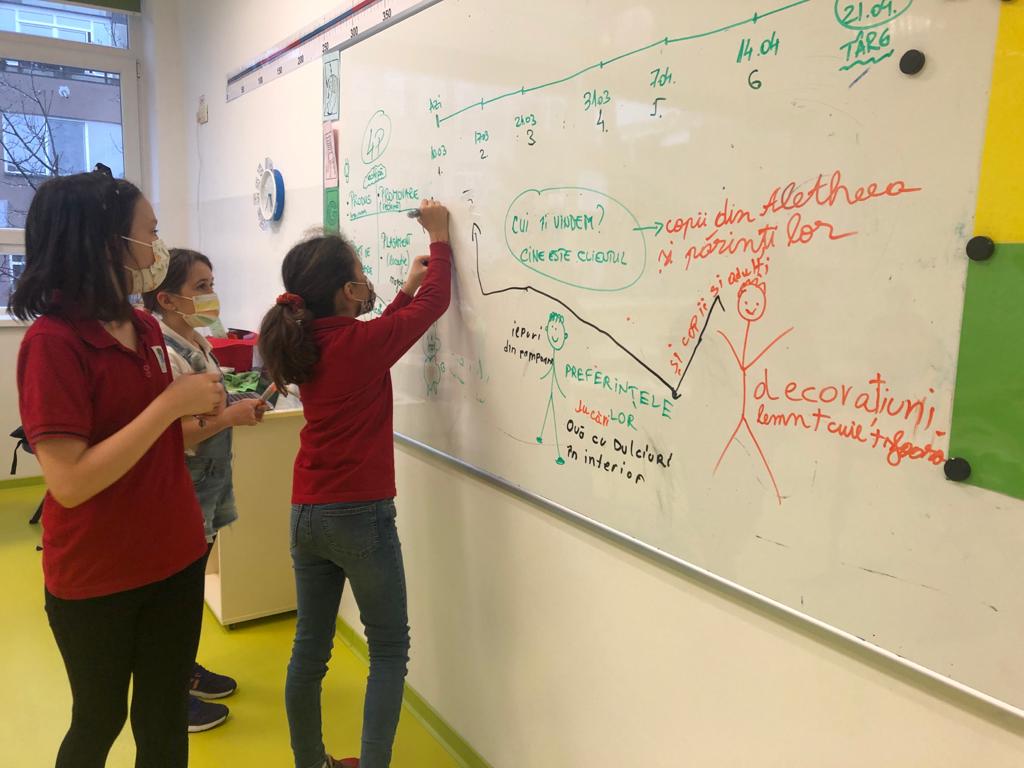
Positive relationships in educational contexts: Importance and benefits
Positive relationships between students and teachers/trainers are fundamental to achieving performance. In educational contexts, students' brains are hard at work every moment of the day, training new skills and connecting new information with old. Students also build and practice their social skills, desiring harmonious and positive relationships in the classroom, both with other peers and with teachers.
When students feel supported, they are more likely to engage in learning and perform better academically. Additionally, when students have positive interactions with teachers, they have fewer behavior problems.
To build a positive relationship between students and teachers, researchers recommend that educators maintain a ratio of five positive interactions to every negative interaction. Positive interactions could include the use of names and greetings towards students, congratulating students for the ongoing learning processes, actively listening to them, encouraging and supporting them in their educational endeavor.
The latest studies point to the fact that when students develop and maintain positive relationships with those around them, they are more likely to use a flexible mindset, at the expense of a rigid mindset. Parents and teachers play an essential role in this!
Here are some ways teachers can develop positive relationships with students:
If we help the little ones to find their "voice", they will use it more and more often
It is important for teachers to create a safe space where students feel comfortable sharing their ideas, thoughts, opinions, and feelings about a situation or topic. If teachers invest in building relationships based on respect and trust, both individually (one-on-one) and collectively (as a group), providing the time and space necessary to allow students to share their problems and successes, then, the basis for positive relationships is created.
Students need guidance to be able to communicate their thoughts effectively, to argue their ideas, to identify and express their feelings, and to convey clear messages.
Two actively listening ears
Nothing compares to the power of active listening. Students feel the need to share an intimate joy, an embarrassing preoccupation, a personal triumph, a secret worry. Positive relationships between students and teachers become stronger when both parties know the principles of active listening.
Positive relationships create safe spaces for learning
Research into how the human brain works shows that when people are engaged in positive social activities, a hormone called oxytocin is released in the brain. This hormone helps create feelings of attachment to other people and psychological safety. When these feelings also appear in educational contexts, students are more willing to participate in class discussions, ask questions, try new things, and communicate how they feel.
The ultimate goals we set influence the steps we follow
A positive classroom environment can foster meaningful relationships for everyone. Both students and teachers/facilitators need to know what the expectations are on both sides of the classroom activities. These standards can help protect students' self-esteem and enable them to do great things. If students know what the boundaries and expectations are, further tensions can be avoided. Teachers must take the time to teach, model, practice, and reward these highly valued behaviors and, when necessary, re-discuss them with students.
The benefits and implications of positive relationships
Building positive relationships with students is one of the most important aspects of teaching. Everything flows from this relationship. The trust and cooperation gained from a positive connection with students will manifest itself in every aspect of the school day. This connection can lead to effective classroom routines, greater student confidence, and increased school performance. Through a series of small, thoughtful and intentional gestures, teachers can build positive relationships with students.
Students need to feel that teachers care about them and that they are in a safe place!
*Article written by Veronica Dunga, KEN Academy trainer.
Tag:school, students, Professors
